Yasumasa Morimura Sneaks into Famous Paintings
The artist questions the concept of identity by transforming himself, thanks to makeup, costumes, and prosthetics, into renowned portraits.
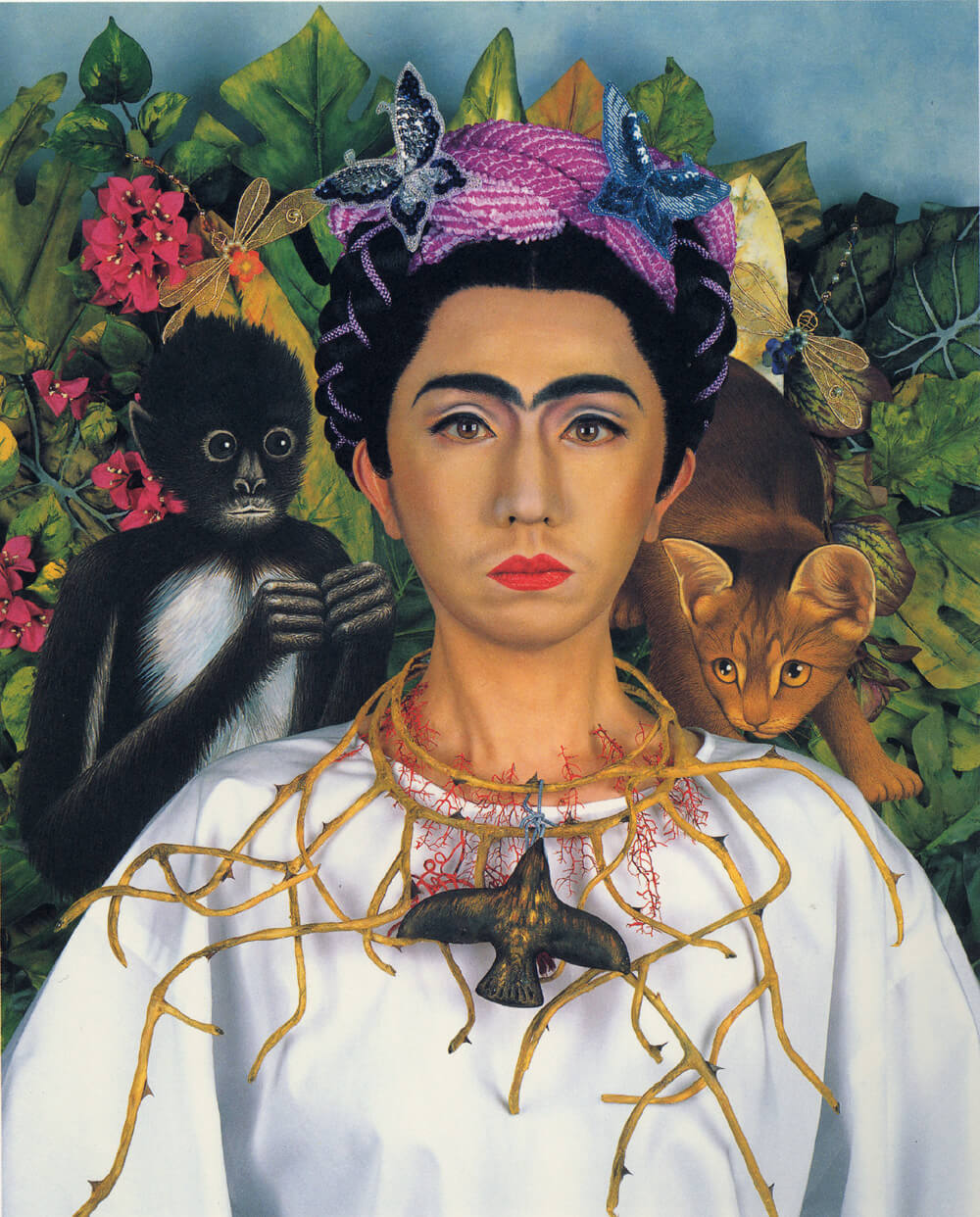
Yasumasa Morimura, ‘An Inner Dialogue with Frida Kahlo (Collar of Thorns)’, 2001. Courtesy of ShugoArts
From Van Gogh to Duchamp via Kahlo, Yasumasa Morimura plays the role of popular figures represented in various iconic works throughout the history of art. In transforming himself into a painting by dressing up or using photomontage or image synthesis, Yasumasa Morimura merges as much as possible with the character portrayed, seeking to recreate the state of mind that the subject might have been in at the time.
Born in Osaka in 1951, the artist, a graduate from Kyoto City University of Arts, has specialised in the appropriation and reinterpretation of iconic works of art since the early 1980s.
Adding a Japanese touch
However, the artist is not content to simply recreate these works: he adds Japanese details to his scenes. Thus, Paul Cézanne’s A Modern Olympia is shown beside a maneki neko (a beckoning cat), and Frida Kahlo’s hair is adorned with kanzashi, ornaments worn by geisha and maiko during their performances.
A museum dedicated to the work of Yasumasa Morimura opened in Osaka in November 2018, the Morimura at Museum. His creations can also be viewed on his Instagram account.
More information on Yasumasa Morimura can be found on the Morimura at Museum website.
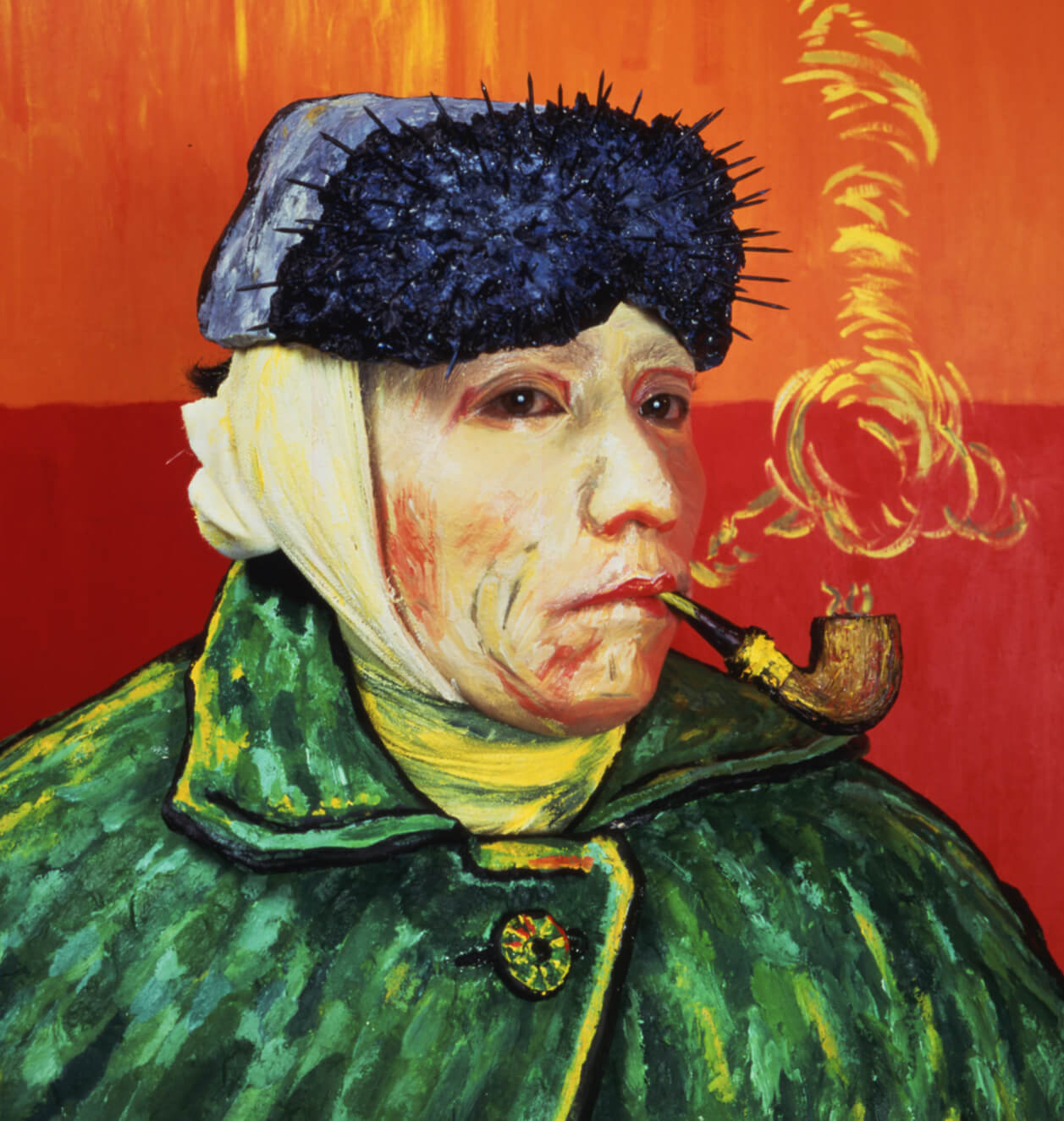
Courtesy of ShugoArts
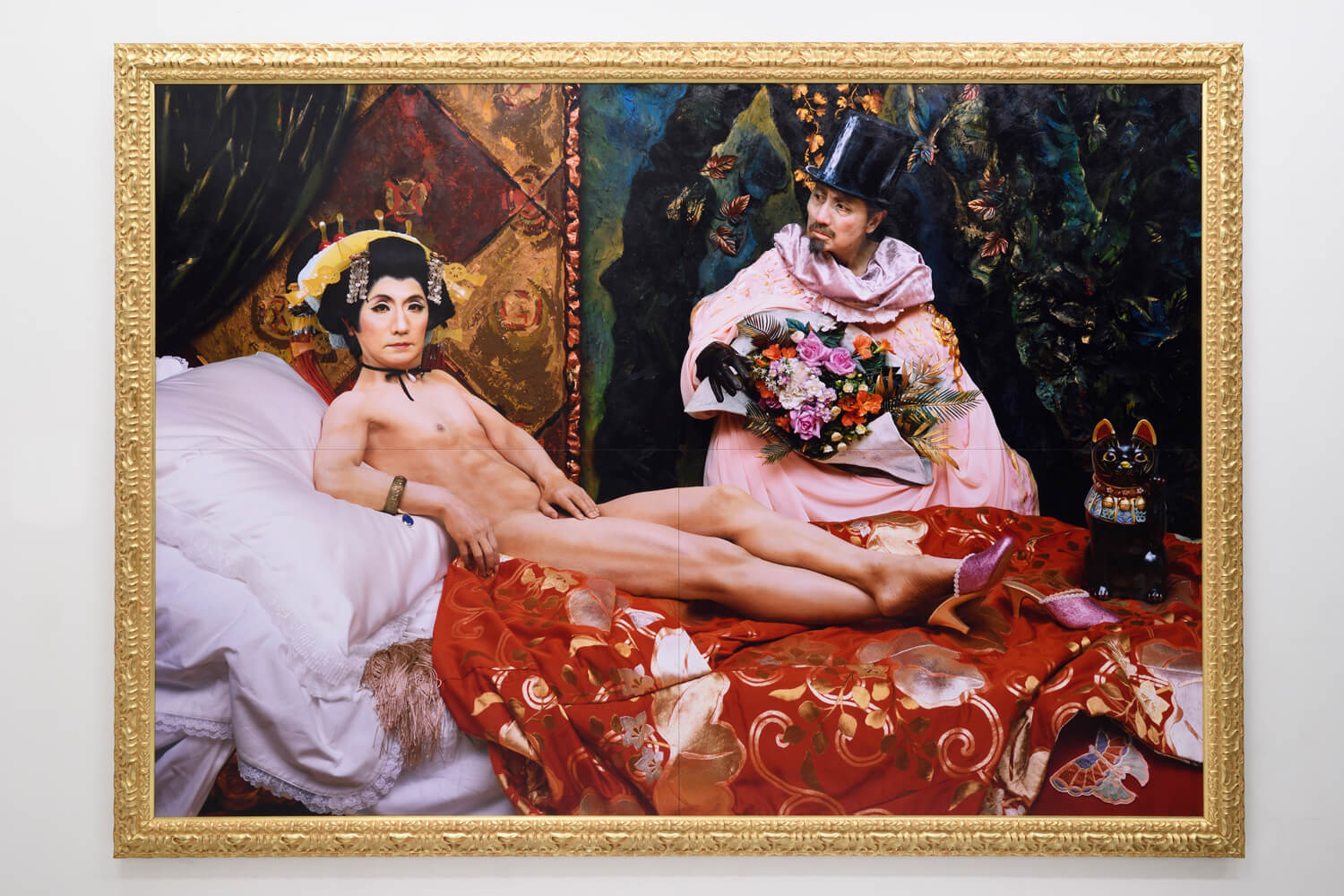
Yasumasa Morimura, ‘Une moderne Olympia’, 2018. Courtesy of ShugoArts
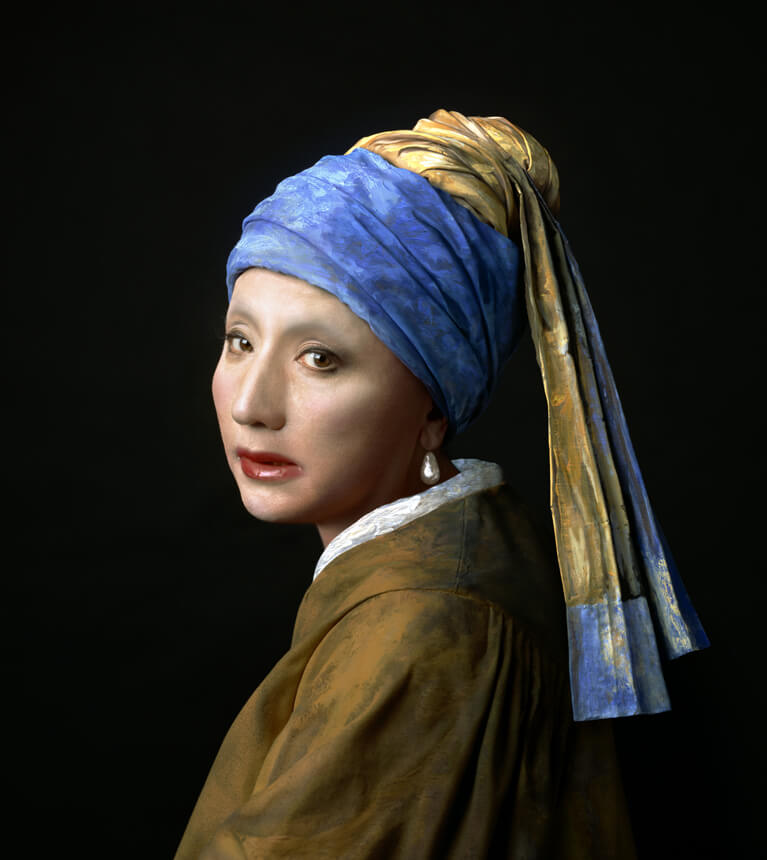
Courtesy of ShugoArts
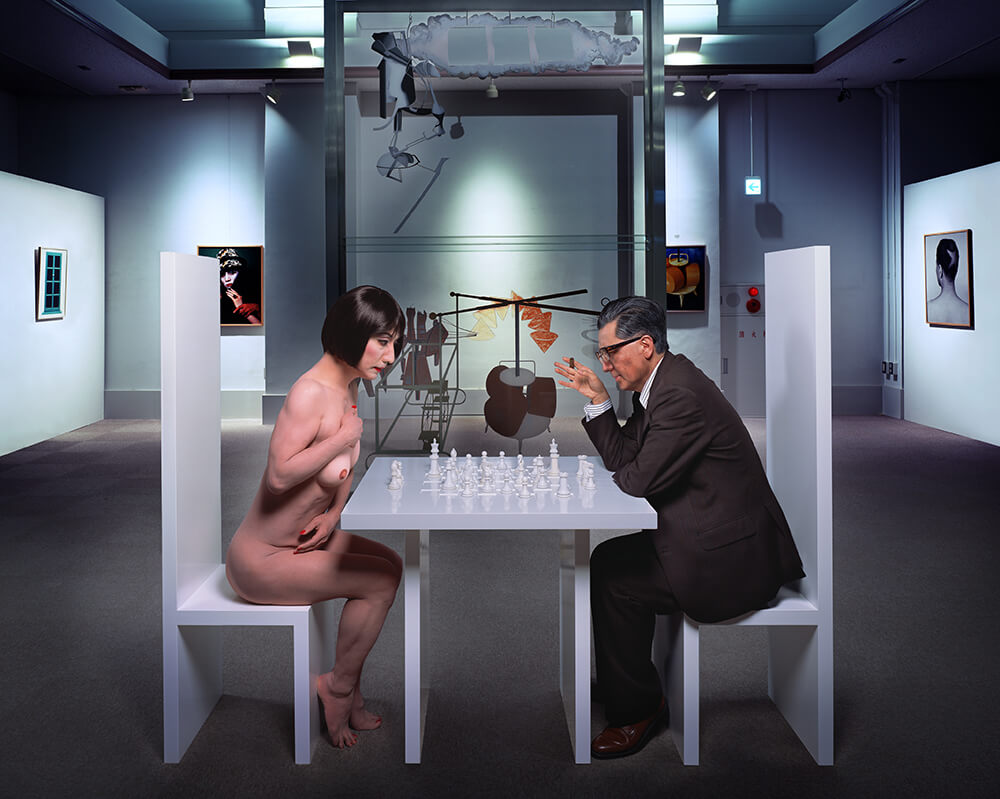
Courtesy of ShugoArts
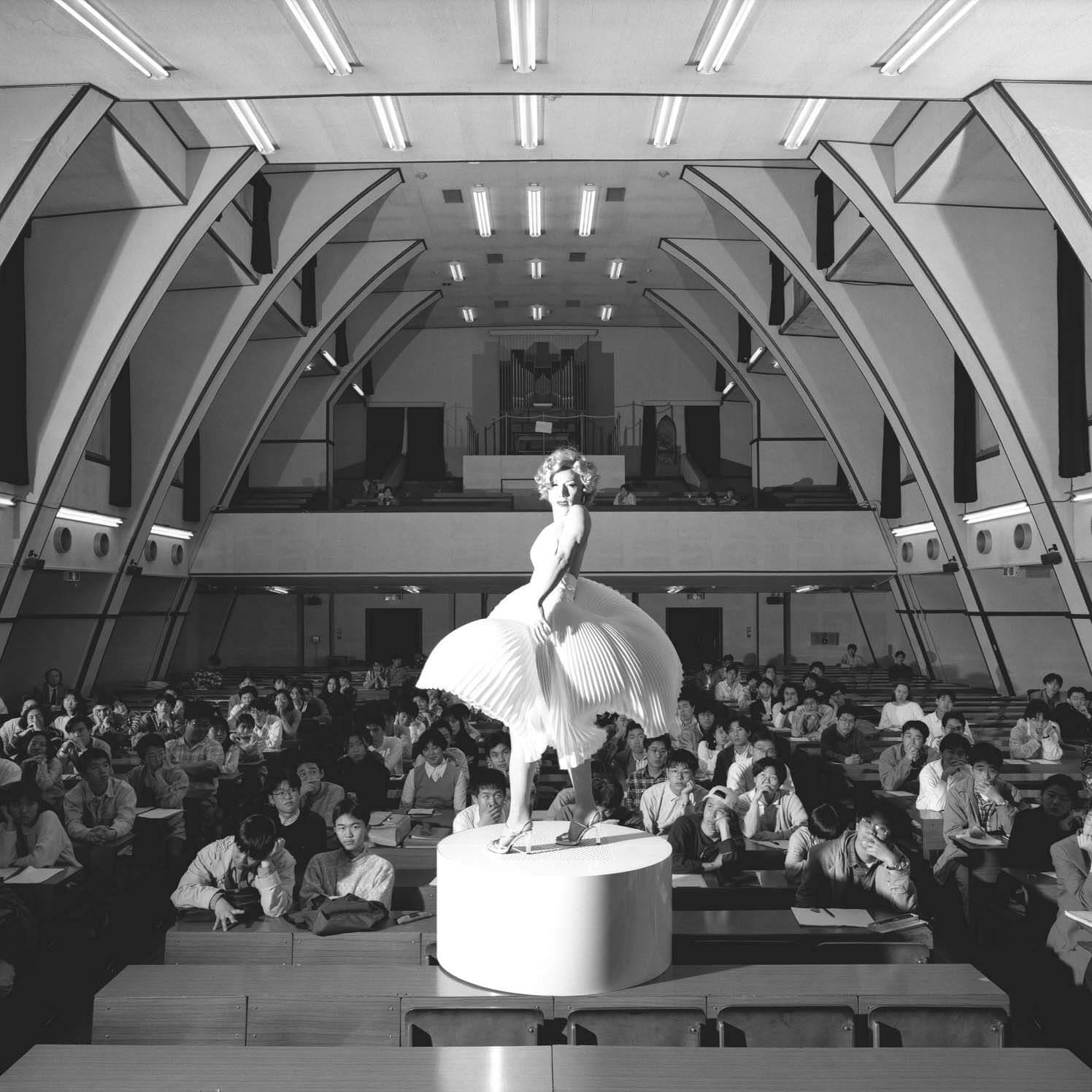
Courtesy of ShugoArts
TRENDING
-
The Tattoos that Marked the Criminals of the Edo Period
Traditional tattoos were strong signifiers; murderers had head tattoos, while theft might result in an arm tattoo.

-
Paris, Tokyo: Robert Compagnon
With his co-chef and talented wife, Jessica Yang, Robert Compagnon opened one of the top new restaurants in Paris: Le Rigmarole.
 3:31
3:31 -
Chiharu Shiota, Red Threads of the Soul
Last year, more than 660,000 people visited the retrospective 'Chiharu Shiota: The Soul Trembles' exhibit at the Mori Art Museum.

-
‘Before Doubting Others, Doubt Yourself. Who Can Truly Say a Dish Isn’t What It Used to Be?’
In ‘A Non-Conformist’s Guide to Surviving Society’, author Satoshi Ogawa shares his strategies for navigating everyday life.

-
The Story of Sada Yacco, the Geisha who Bewitched Europe
Described by Dazed magazine as the first beauty influencer, she has been restored to her former glory since 2019.





